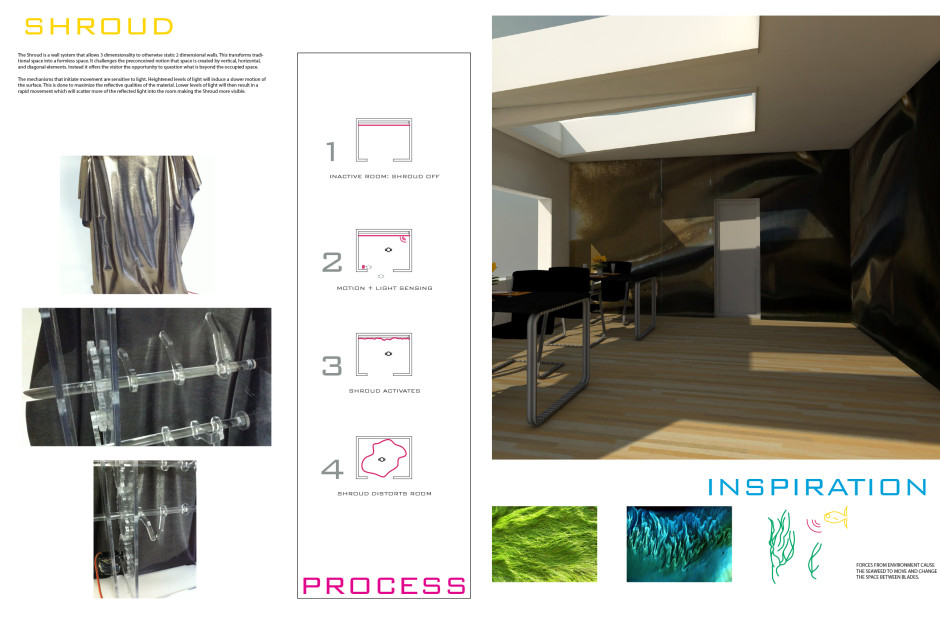A short class – Not the best models but some very interesting ideas:
Synopsis: We have seen over the past decade an increasing interest in the capacity of built spaces to respond dynamically to changes in external and internal environments and to different patterns of use. The principal idea is that two-way relationships could be established between the buildings and the environment and users. Changes in the environment (or users) would affect the configuration of built spaces and vice versa. The result is an architecture that self-adjusts – an architecture that is adaptive, interactive, reflexive, responsive.
The organic paradigm is being spurred on by the wealth of explorations in biomimetics, which refers here to the architectural application (as opposed to the acquisition) of developments in robotics and materials. Biomimetics was started by Otto H. Schmitt in 1969 as a scientific approach that studies systems, processes, and models in nature, and then imitates them to solve human problems. It lies at the intersection of design, biology, and computation. Put simply, nature is the largest laboratory that ever existed and ever will. In addressing its challenges through evolution, nature tested every field of science and engineering leading to inventions that work well and last.

